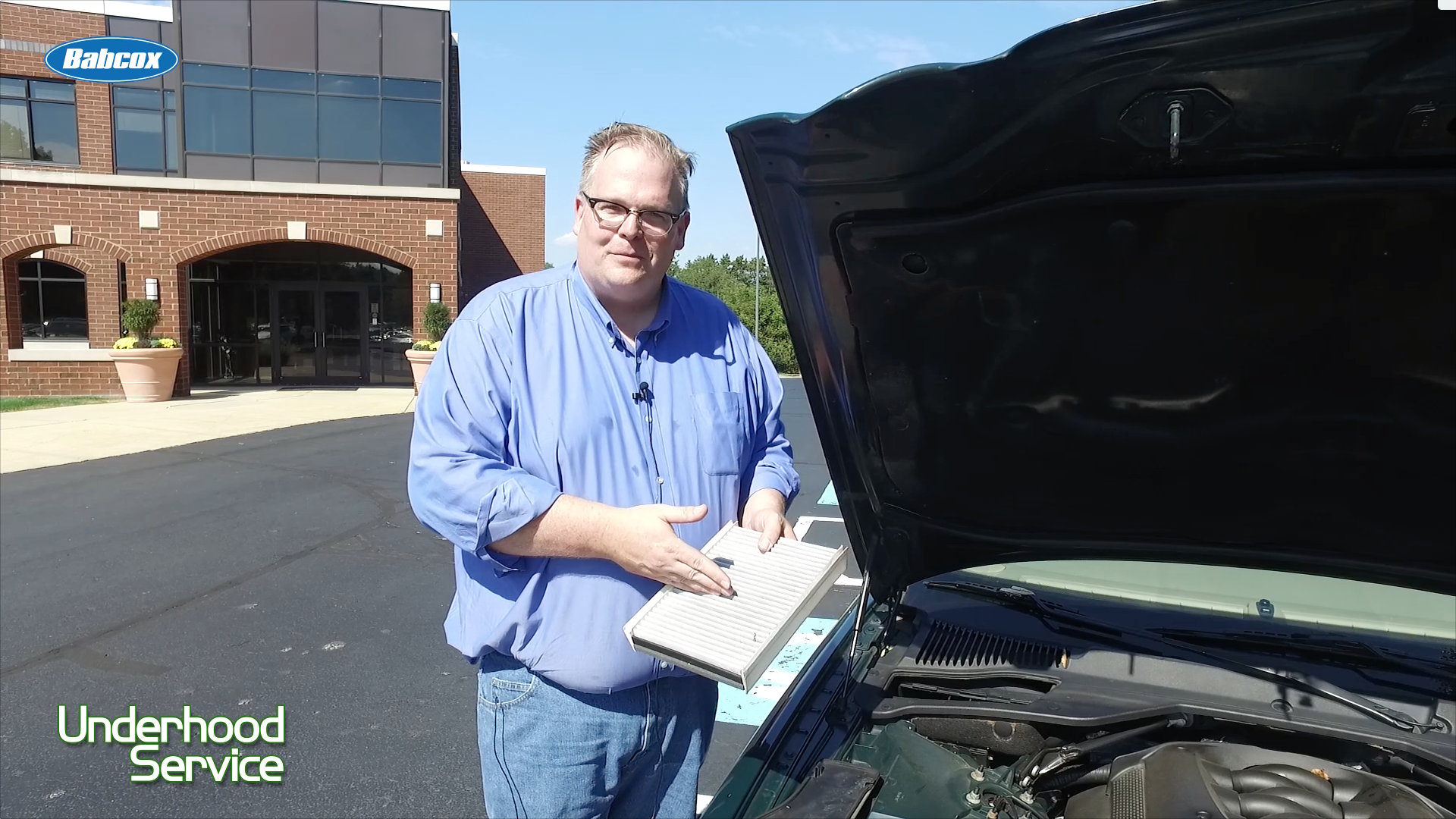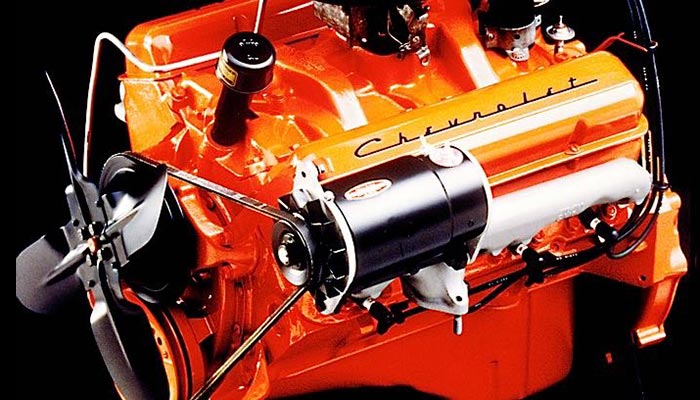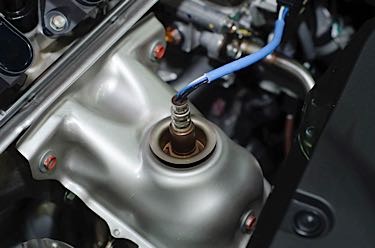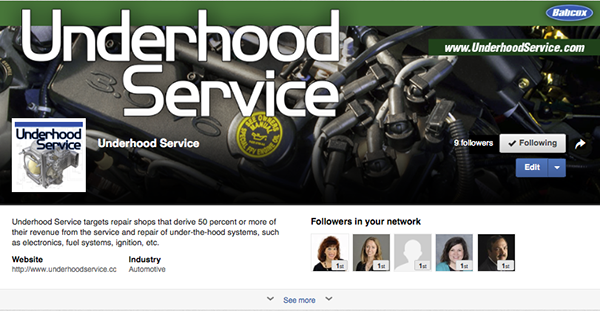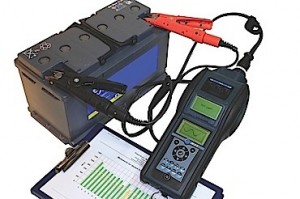 Back in the day, all that was required to sell batteries and service a vehicle’s charging system was a battery load tester, voltmeter and hydrometer. Today, all of these tools are relatively ineffective for servicing modern batteries and charging systems.
Back in the day, all that was required to sell batteries and service a vehicle’s charging system was a battery load tester, voltmeter and hydrometer. Today, all of these tools are relatively ineffective for servicing modern batteries and charging systems.
The hydrometer used to be essential to measure the specific gravity of the electrolytes in the cells of the battery. Today, most batteries are sealed, and aggregated glass mat (AGM) batteries do not even have liquid electrolytes.
Voltmeters and load testers will give you only a broad indication of the health of the battery, and voltage will not tell you if a battery is suited for the vehicle with the correct rating for hot or cold cranking amps. These tools also can’t indicate if a cell has failed or help determine the discharge rate. Most of all, they test all batteries the same way and do not take the needs of the vehicle into account.
Rethinking Voltage
Any formally trained technician knows the cranking, fully charged and charging system minimum voltages. But, these numbers provide a poor window into the health of the battery and charging system. What about temperature? Amps? Or, battery design?
Conductance testing provides a better method of determining the health of the battery. This method measures currents or amps, not voltage. Conductance testers pass a mild alternating current through the battery to measure battery plate resistance or impedance. Plate resistance is then mathematically extrapolated into CCA.
Conductance testers can also measure battery temperature to calculate the hot and cold cranking amps. Other variables like flooded or AGM battery designs can be figured into the battery-life equation.
These types of testers can also produce a printout indicating the life of the battery in a salesman-friendly percentage.
Coming Soon
Automakers are trying every trick in the book to increase fuel efficiency. The latest strategy is regulating the operation of the alternator.
This strategy includes when and under what conditions the battery is charged.
A late-model vehicle could be running at idle with less than 13 volts at the battery, and the alternator light will not be illuminated. If the tech revs the engine, the voltage may not rise. But, when the right throttle, cruise speed or electrical load criteria are met, it will control the alternator and produce enough energy to accommodate the load and the battery’s state of charge.
These late-model vehicles can calculate what’s happening in the battery. Some systems are so sensitive that they can detect if the owner has attached wires to the battery posts to power aftermarket accessories. This is why a scan tool or modern, dedicated battery tester might be required to test and replace batteries in the future.
Selling Battery Maintenance
You never know when a vehicle’s battery will die. It could be in the customer’s driveway, or on the way to their Labor Day vacation destination. But, with the correct battery tester and training, you can do your part to help prevent these headaches from happening.









